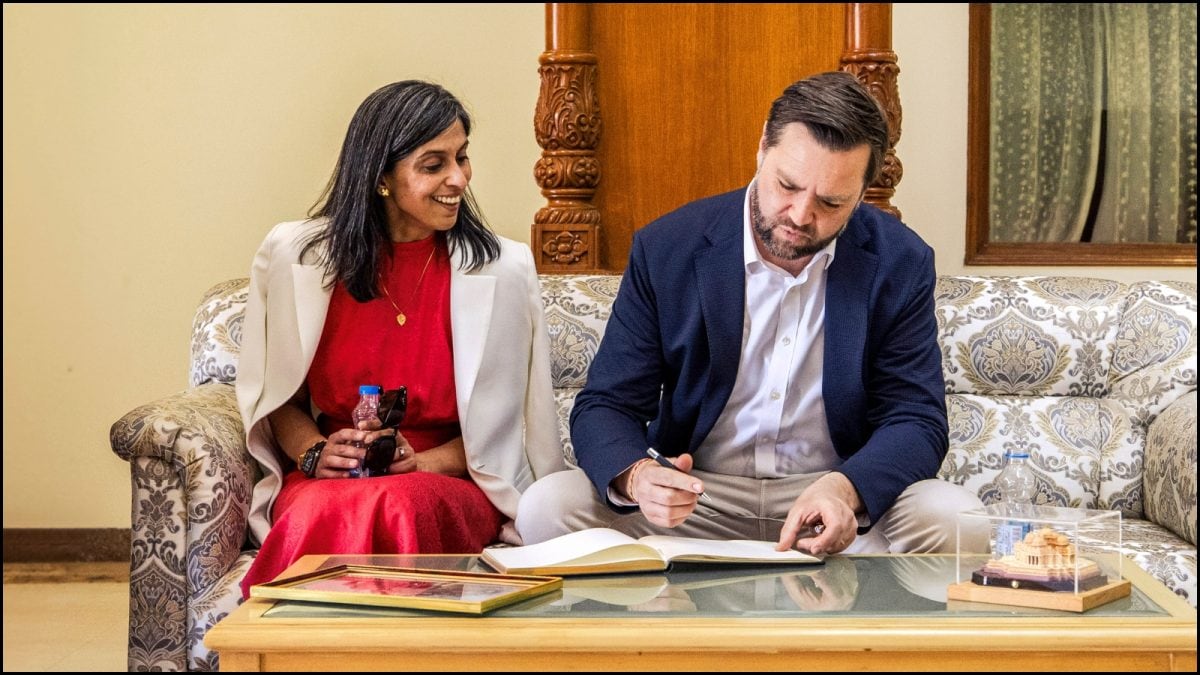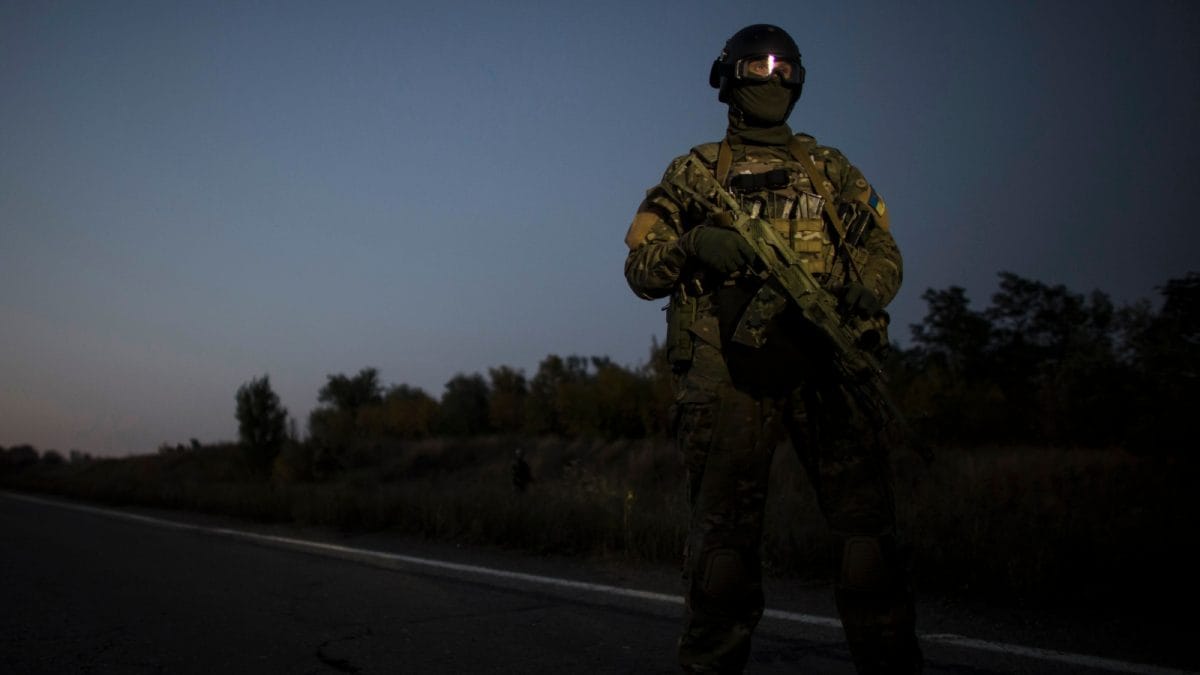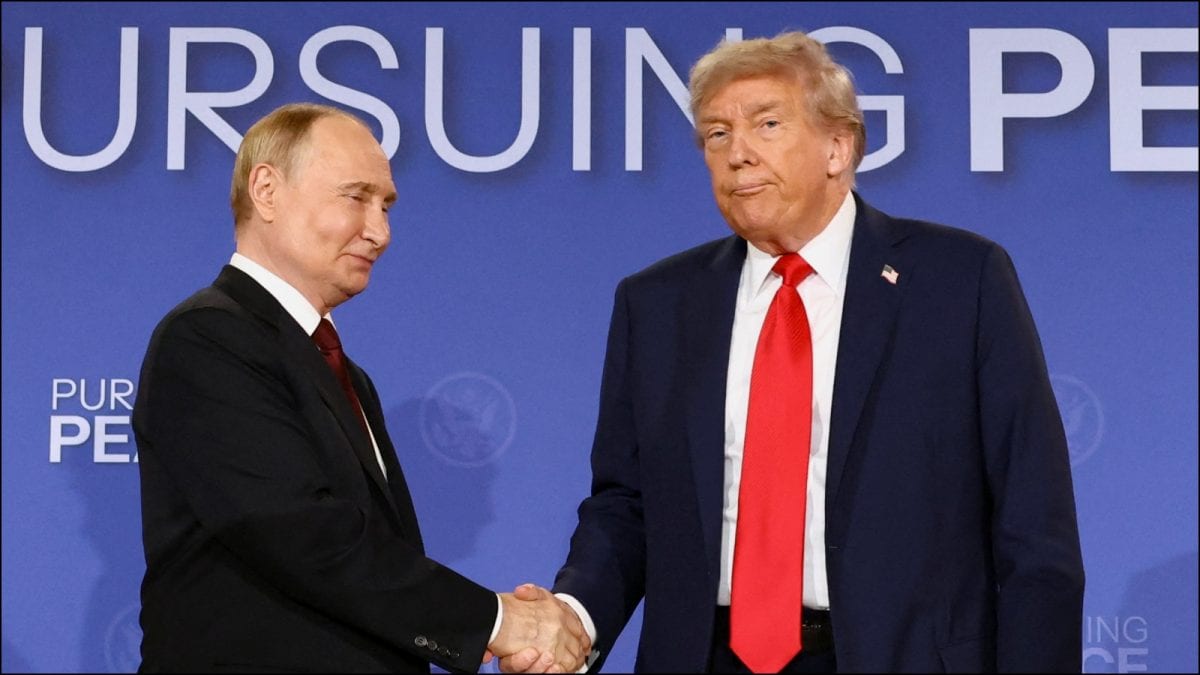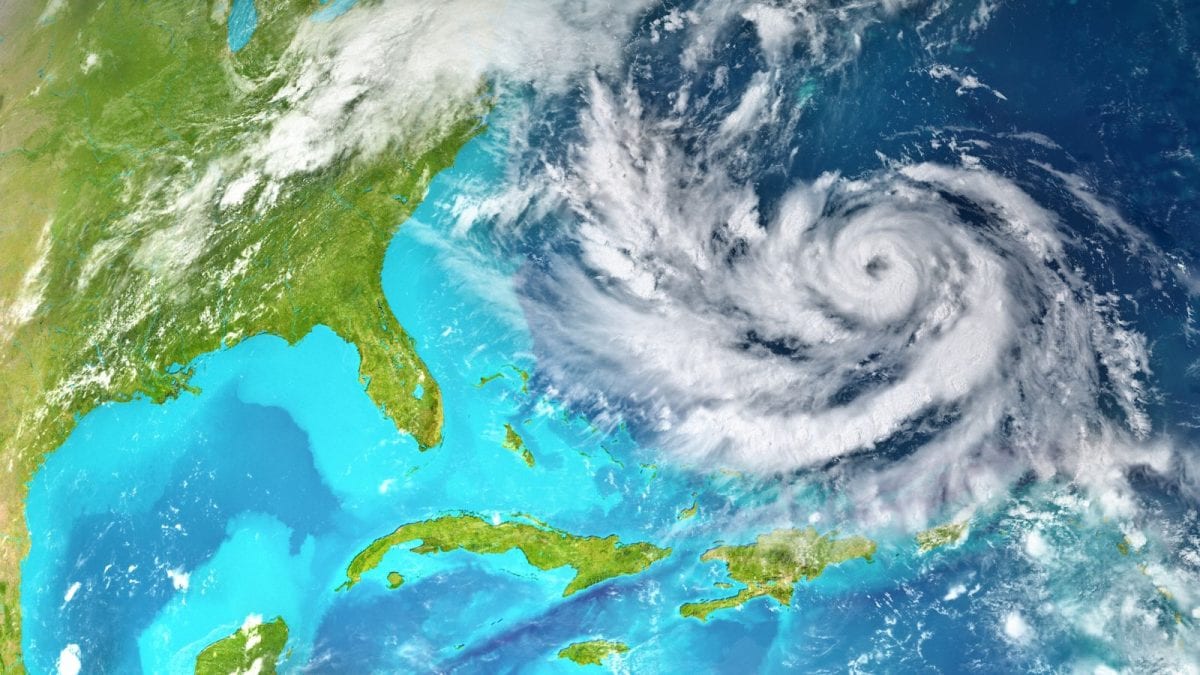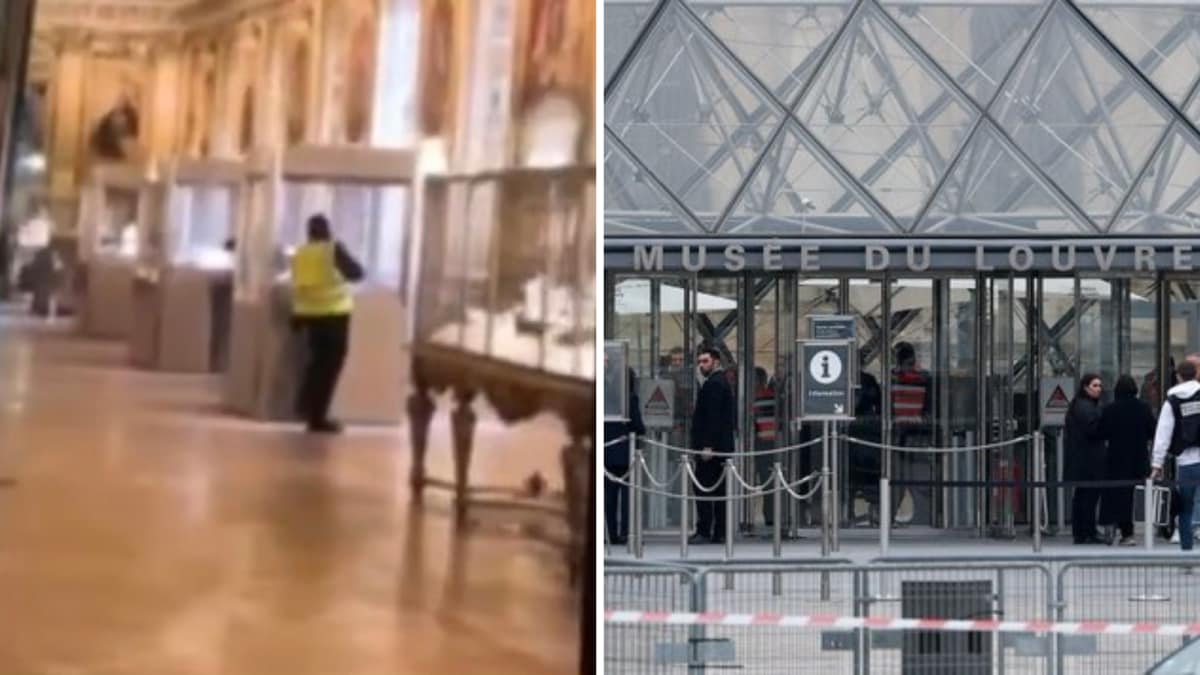Last Updated:October 30, 2025, 12:49 IST
For the first time, scientists have heard the haunting ‘cry’ of two newborn black holes — a sound born from one of the universe’s most powerful collisions!

On October 11, 2024, scientists detected a signal known as GW241011 — the aftermath of a colossal collision between two black holes. (Image: Carl Knox, OzGrav, Swinburne University of Technology)
The universe remains a dark and mysterious realm, where events unfold far beyond our imagination. Recently, however, scientists detected a signal so extraordinary that it left the global scientific community stunned.
For the first time, they heard the ‘cry’ of two newborn black holes — created from a catastrophic cosmic collision.
Gravitational Waves Detected
These black holes released gravitational waves that ripple through space and time itself. The detectors LIGO, Virgo, and KAGRA captured these faint but powerful signals. What truly astonished scientists was that the newly formed black holes were unlike any seen before.
This led researchers to suspect that these may have originated from the death of an earlier black hole, known in scientific terms as second-generation black holes.
The Signal GW241011
On October 11, 2024, scientists received a signal identified as GW241011. It was produced when two black holes collided, one about 17 times the mass of our Sun and the other roughly 7 times.
The force of their impact created immense waves in spacetime, which travelled across the universe to reach our detectors. Further analysis revealed that the larger black hole was spinning at an unusually rapid speed, a phenomenon never observed so clearly before.
The Signal GW241110
Then, on November 11, 2024, another signal — GW241110 — was detected. This collision occurred 2.4 billion light-years away, again between a large and a small black hole.
The remarkable discovery this time was that one of the black holes was spinning in the opposite direction to its orbit, a first in observational history. This suggested that the black hole had likely merged with another before, in a process known as a hierarchical merger.
In simple terms, in regions where numerous black holes coexist — such as dense star clusters — they frequently collide and merge. Each merger results in a more massive, more powerful black hole, much like a cosmic giant growing stronger after every encounter.
Albert Einstein’s Theory Reaffirmed
The study of GW241011 provided yet another triumph for Albert Einstein’s theory of general relativity. The harmonic patterns predicted by his equations perfectly matched the signals received, reaffirming the enduring accuracy of his work.
Even decades after his passing, Einstein’s theories continue to illuminate the deepest corners of the cosmos.
Implications For Particle Physics
These findings may also hold major implications for particle physics. If theoretical particles known as ultralight bosons existed, they would drain energy from rapidly spinning black holes. Yet the observed black hole remains in fast rotation, suggesting that some boson models could be incorrect.
Scientists believe that with more advanced detectors, the universe will divulge even greater secrets; stories of countless cosmic deaths and rebirths. For now, the cries of black holes are beginning to whisper the untold truths of the universe.
First Published:
October 30, 2025, 12:49 IST
News world A Cosmic Collision! Scientists Hear The ‘Cry’ Of A Black Hole For The First Time
Disclaimer: Comments reflect users’ views, not News18’s. Please keep discussions respectful and constructive. Abusive, defamatory, or illegal comments will be removed. News18 may disable any comment at its discretion. By posting, you agree to our Terms of Use and Privacy Policy.
Read More

 7 hours ago
7 hours ago
